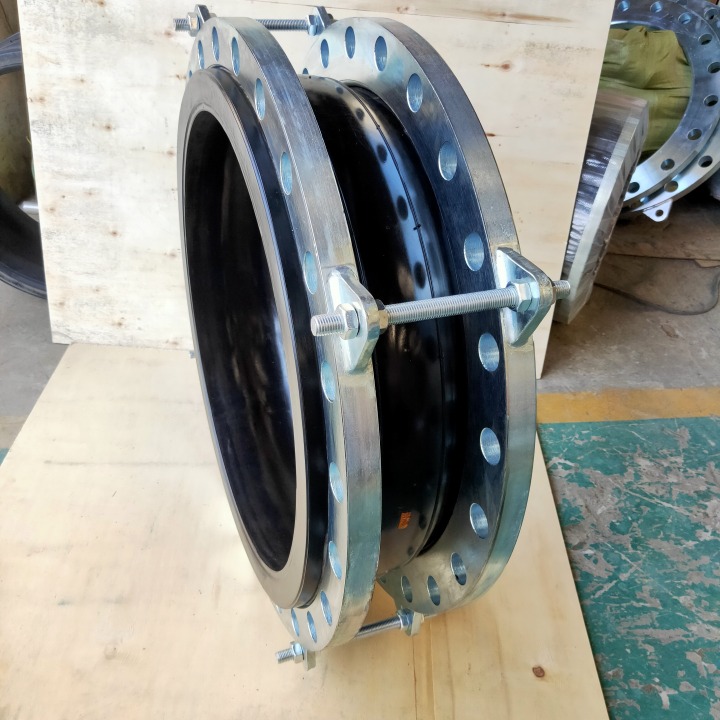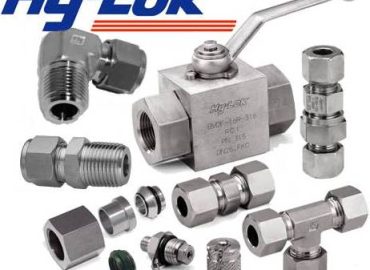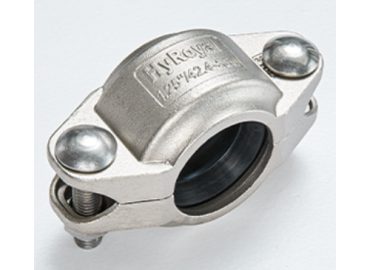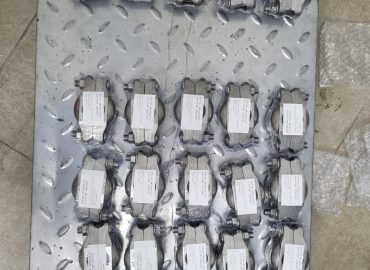Rubber Bellow Supplier Johor
Rubber Bellow Supplier Johor
What Are Rubber Expansion Joints?
Rubber expansion joints are flexible connectors fabricated from natural or synthetic elastomers and reinforced with various fabrics or metal materials. These joints are designed to absorb vibrations, accommodate thermal expansion, and isolate movements between rigid piping systems. In essence, they protect piping systems from the stresses and strains that can occur due to temperature fluctuations, pressure changes, and mechanical vibrations.
Components of a Rubber Expansion Joint
- Body: The main part of the expansion joint, made of rubber, which provides flexibility.
- Flanges: Attached to the ends of the joint, these are typically made of metal and are used to connect the joint to the piping system.
- Reinforcement: Layers of fabric or metal wire embedded within the rubber body to provide strength and durability.
Types of Rubber Expansion Joints
- Single Arch Joints
- Description: These are the most common type of rubber expansion joints, featuring a single arch that provides flexibility in all directions—axial, lateral, and angular.
- Applications: Used in various industries, including water treatment plants, HVAC systems, and chemical processing plants.
- Multiple Arch Joints
- Description: Multiple arch joints have two or more arches, offering greater movement capabilities and improved flexibility.
- Applications: Ideal for applications where greater movement and flexibility are required, such as in large piping systems or those subject to significant thermal expansion.
- Sleeve Type Joints
- Description: These joints are designed with a smooth inner sleeve that minimizes turbulence and friction loss within the piping system.
- Applications: Often used in slurry and abrasive material transport, where the smooth inner surface is beneficial.
- Spherical Joints
- Description: These joints feature a spherical shape, providing a high degree of flexibility and the ability to accommodate large movements.
- Applications: Used in systems where there is significant movement or where alignment issues are common.
Applications of Rubber Expansion Joints
Rubber expansion joints are widely used in various industries due to their versatility and ability to handle different types of movement and pressure. Some common applications include:
- Water and Wastewater Treatment: Used to accommodate pipe movements due to temperature changes and prevent leakage in treatment plants.
- HVAC Systems: Help in reducing noise and vibration in heating, ventilation, and air conditioning systems.
- Chemical Processing: Offer chemical resistance and flexibility in pipelines transporting corrosive or hazardous materials.
- Power Plants: Protect critical piping systems from thermal expansion and vibration in power generation facilities.
Benefits of Using Rubber Expansion Joints
- Vibration and Noise Reduction: Rubber expansion joints absorb vibrations and noise, contributing to a quieter and smoother operation of the piping system.
- Thermal Expansion Compensation: These joints can accommodate temperature-induced expansions and contractions, preventing damage to the piping system.
- Pressure Absorption: Rubber expansion joints help absorb the pressure surges and prevent damage to equipment and pipelines.
- Corrosion Resistance: Depending on the material used, these joints can offer excellent resistance to corrosion, making them suitable for various industrial applications.
Maintenance Tips for Rubber Expansion Joints
To ensure the longevity and optimal performance of rubber expansion joints, regular maintenance is essential. Here are a few tips:
- Regular Inspection: Periodically check for signs of wear, such as cracks, hardening, or deformities.
- Proper Installation: Ensure that the joints are installed correctly, with proper alignment to avoid unnecessary stress.
- Environmental Protection: Protect the joints from harsh environmental conditions, such as UV radiation or chemical exposure, which can degrade the rubber material over time.
Conclusion
Rubber expansion joints are critical components in ensuring the efficiency and longevity of piping systems across various industries. By understanding their types, applications, and benefits, you can make informed decisions about their use and maintenance in your projects. Whether it’s for reducing vibration, accommodating thermal expansion, or providing flexibility, rubber expansion joints offer a reliable solution that keeps systems running smoothly.
👉 Please contact us if you have any questions related to our products.
You may call or whatsapp us +6012 9040 988 or e-mail us sales@acuragm.com.my to let us know your needs.
Our sales representatives will contact you as soon as possible.
#TOYOXMalaysia
#HylokMalaysia
#VictaulicMalaysia
#HyRoyalMalaysia
#RubberBellowSupplierJohor




